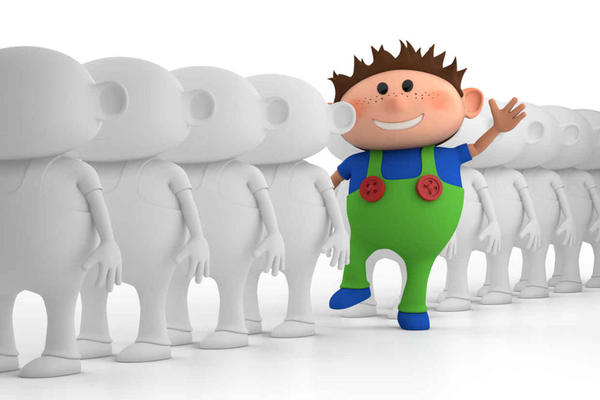The bystander effect, which was first identified in the late 1960s, describes a fascinating quirk of human behavior: Our level of altruistic behavior depends, in large part, to the circumstances we find ourselves in.
As studies has shown, we’re relatively likely to help someone in trouble if we’re the only source of available assistance. But if we’re one of a number of possible saviors, we’re more likely to hold back and see if anyone else steps forward.
Does this inconsistency reflect an innate impulse, or learned behavior? Newly published research suggests that if it's the latter, we pick it up very early in life.
It finds the bystander effect is operative for kids as young as age five.
Participants who perceived themselves as one of three children who could easily offer assistance were the least likely to help.
“Five-year-olds help at very high levels only when responsibility is clearly attributable to them,” reports a research team led by Maria Plötner of the Mark Planck Institute for Evolutionary Anthropology in Leipzig, Germany. “They are less likely to help when the presence of other potential helpers causes a diffusion of responsibility.”
[For more of this story, written by Tom Jacobs, go to http://www.psmag.com/health-an...among-five-year-olds]




Comments (0)